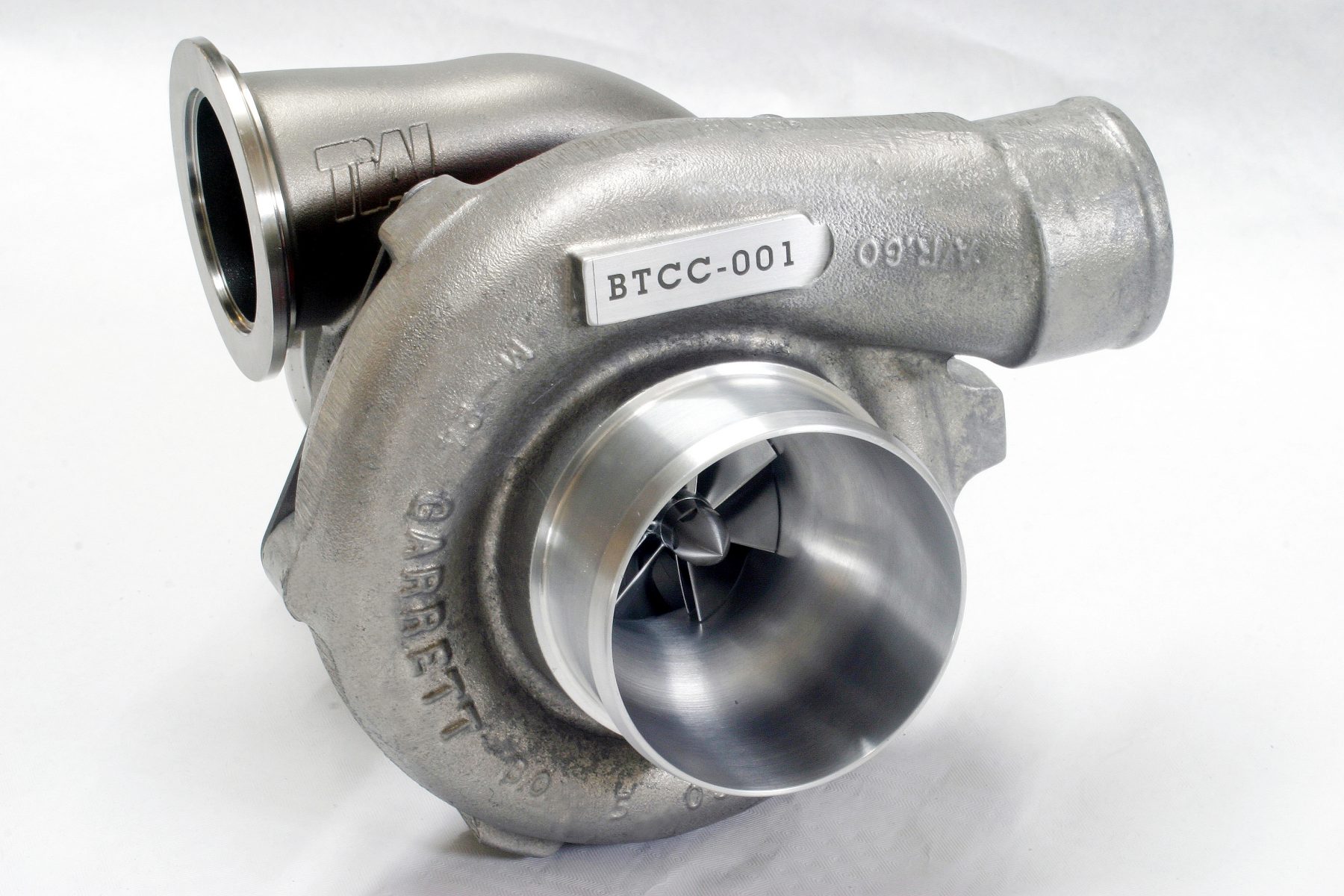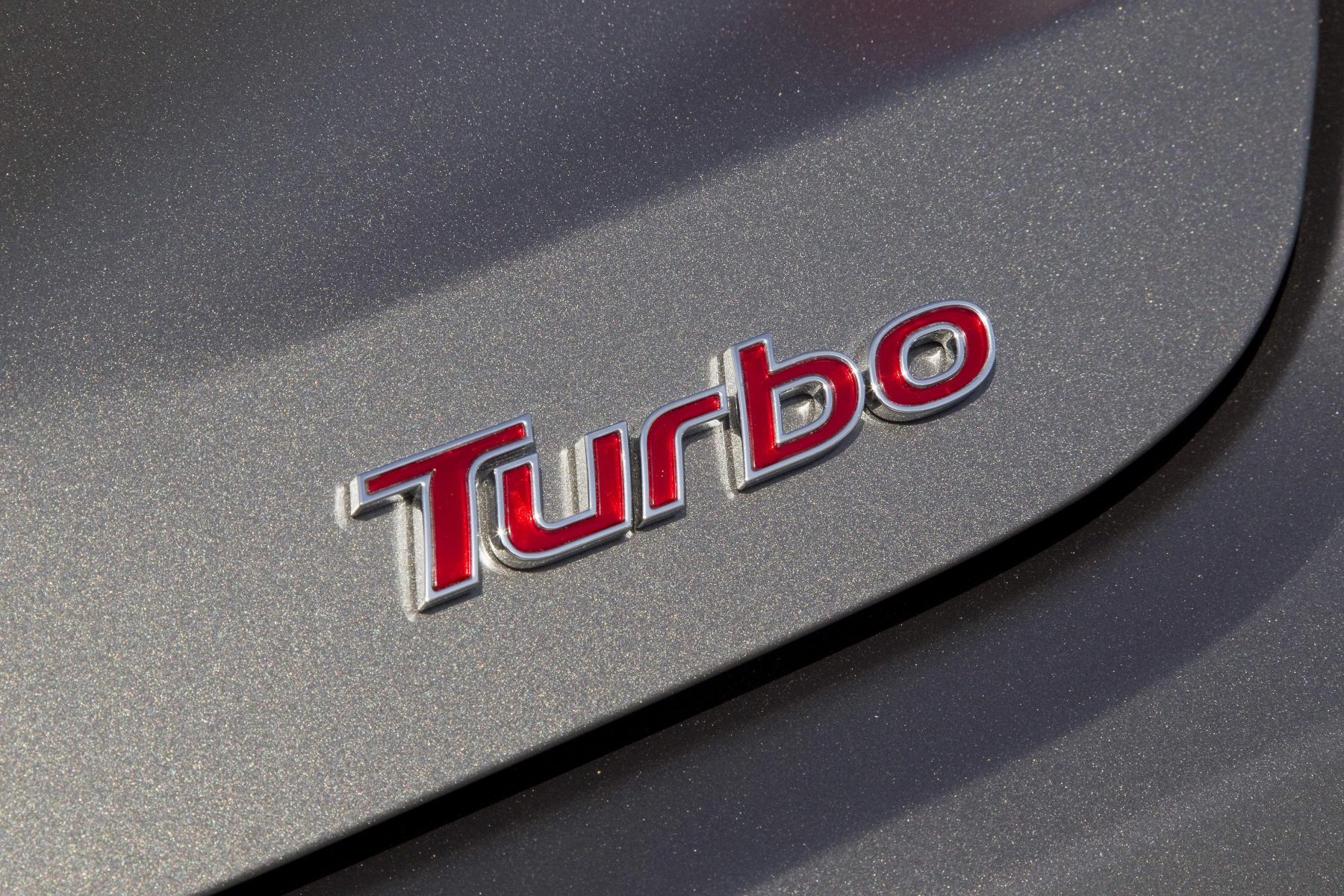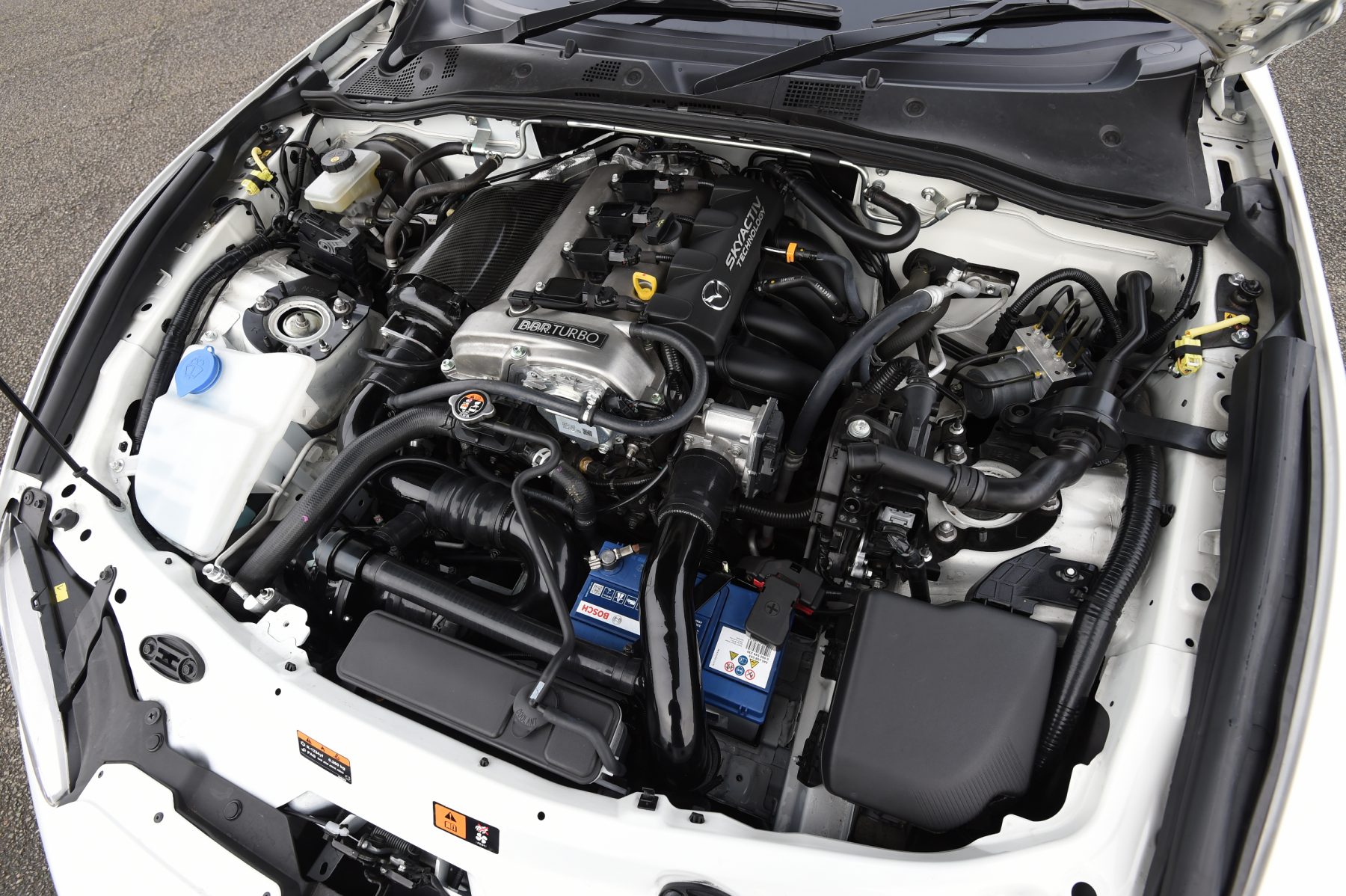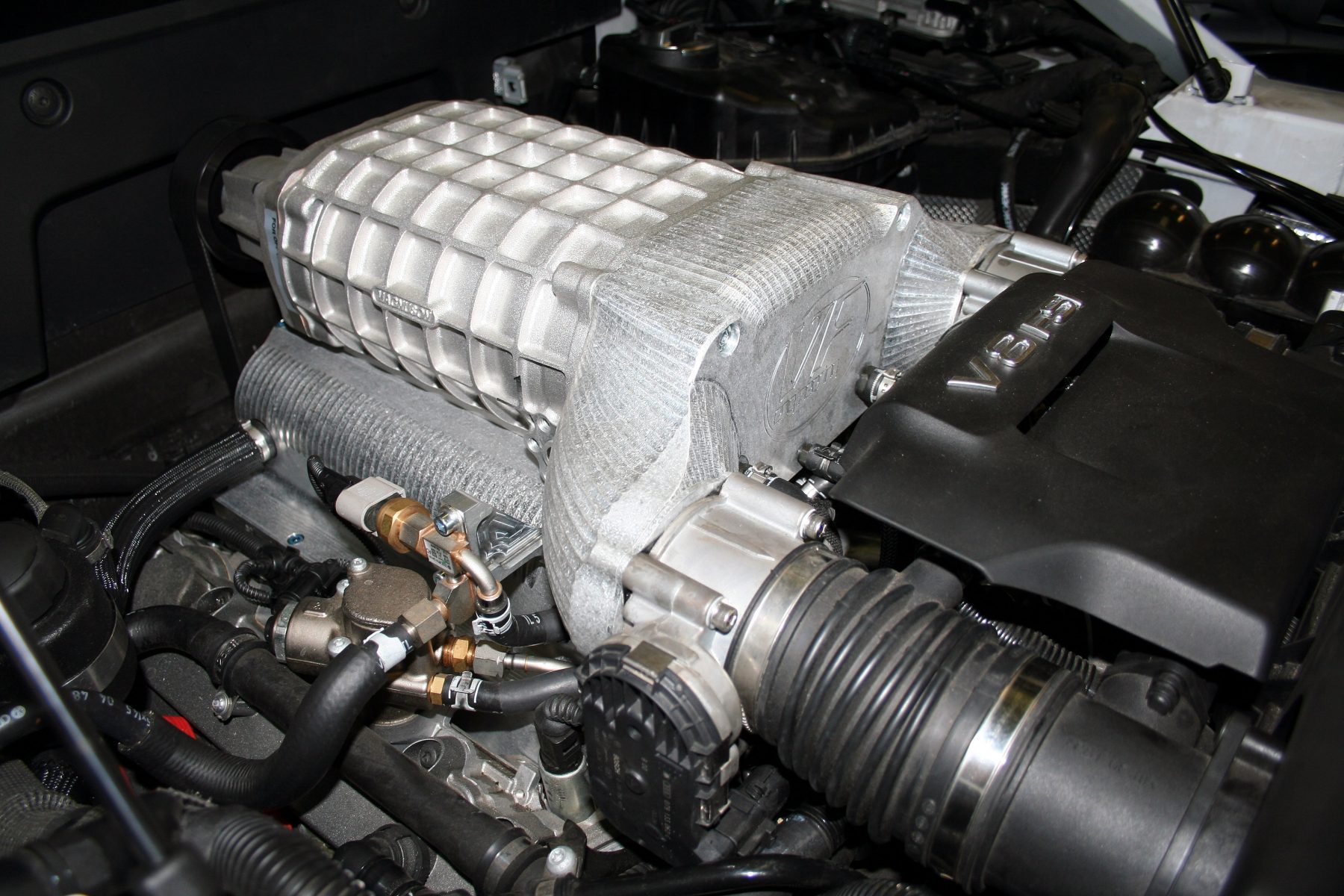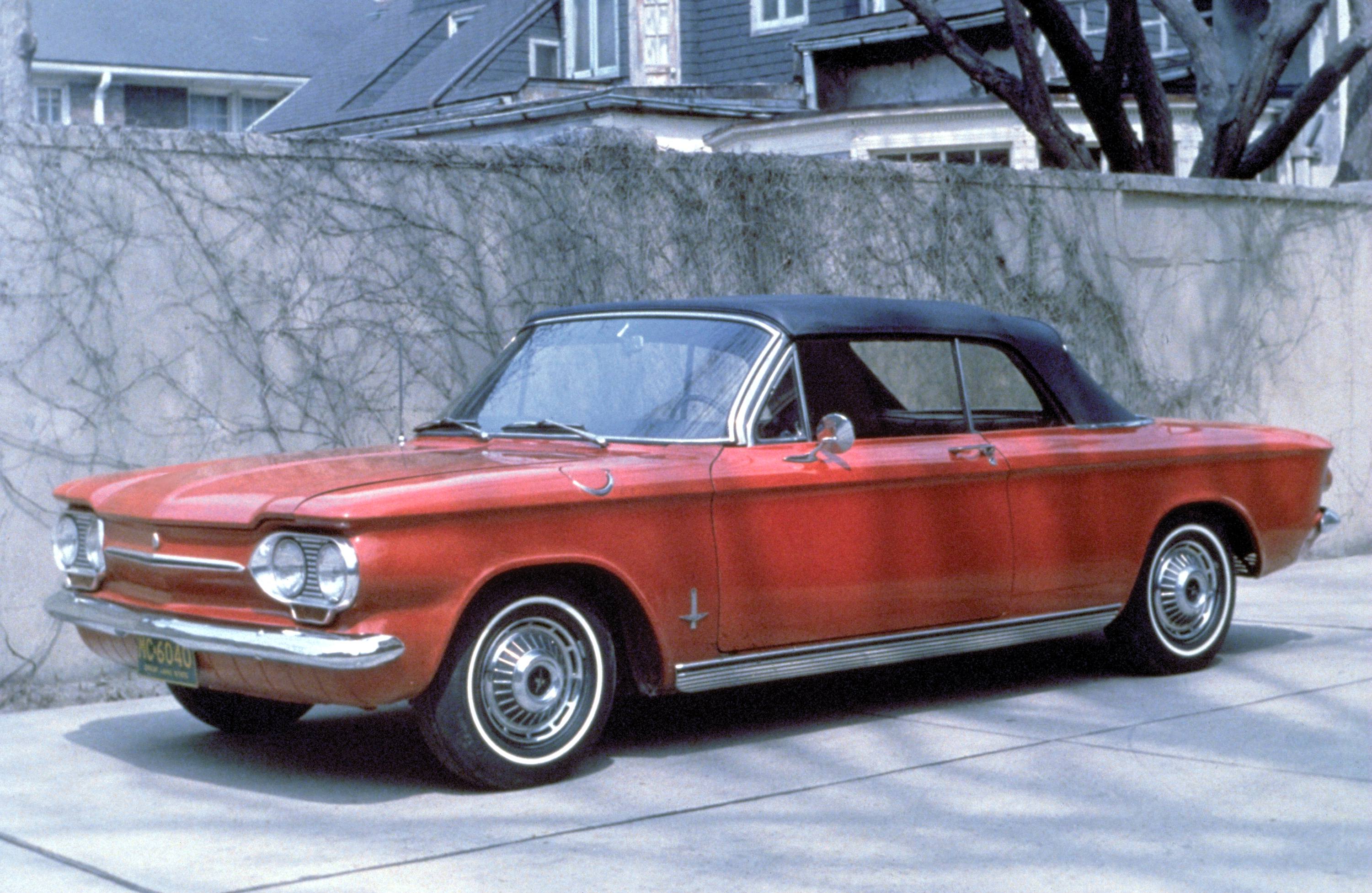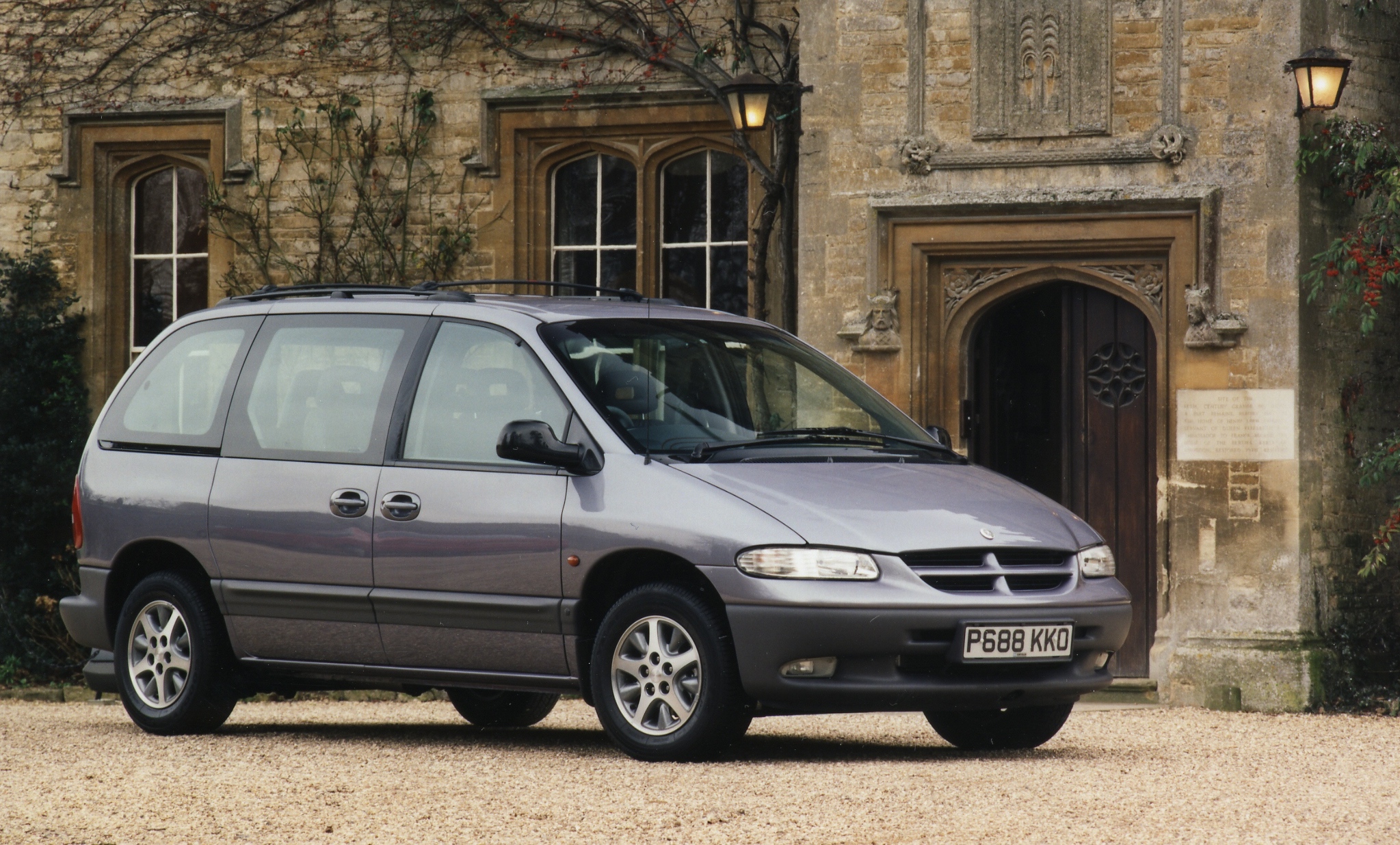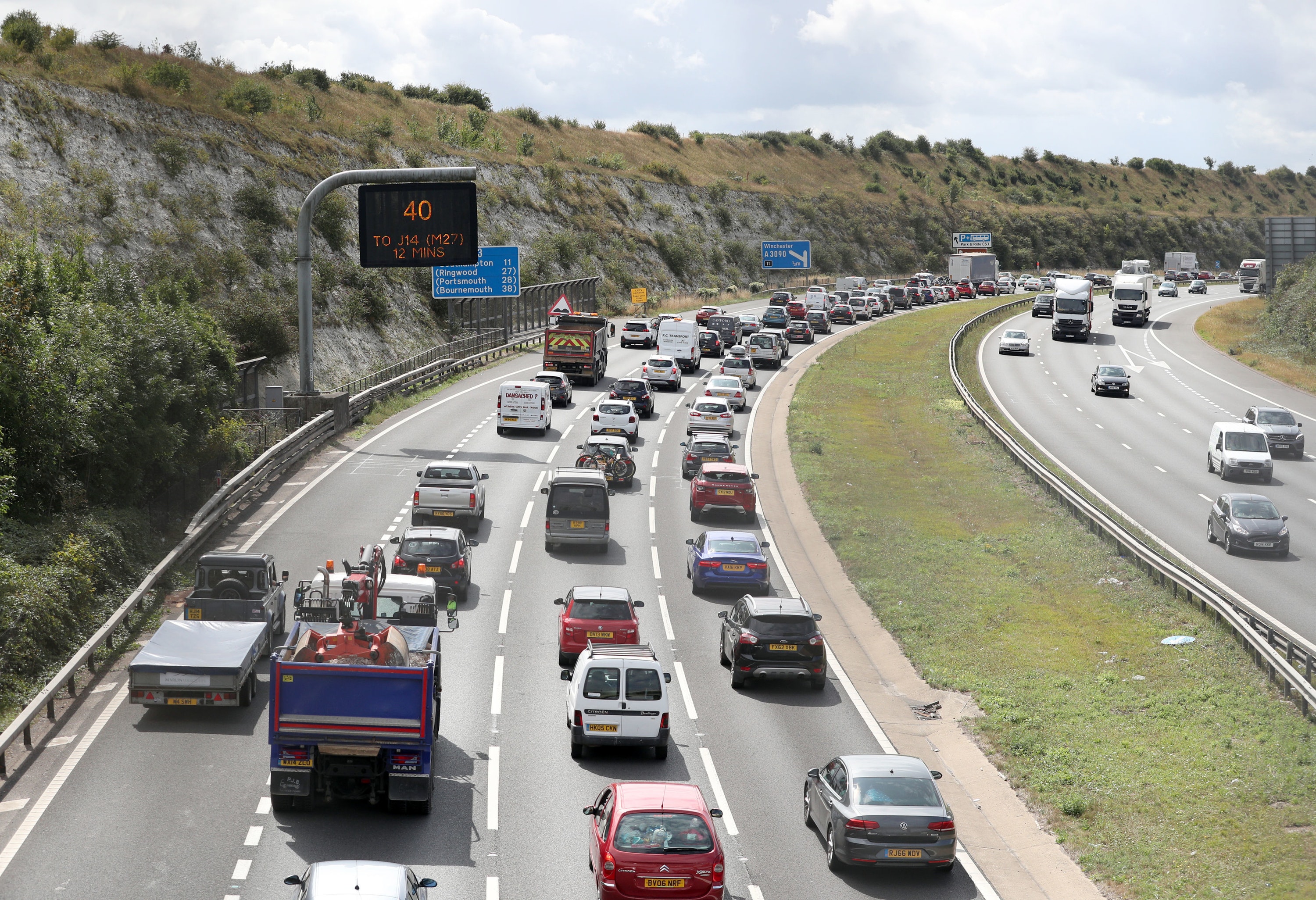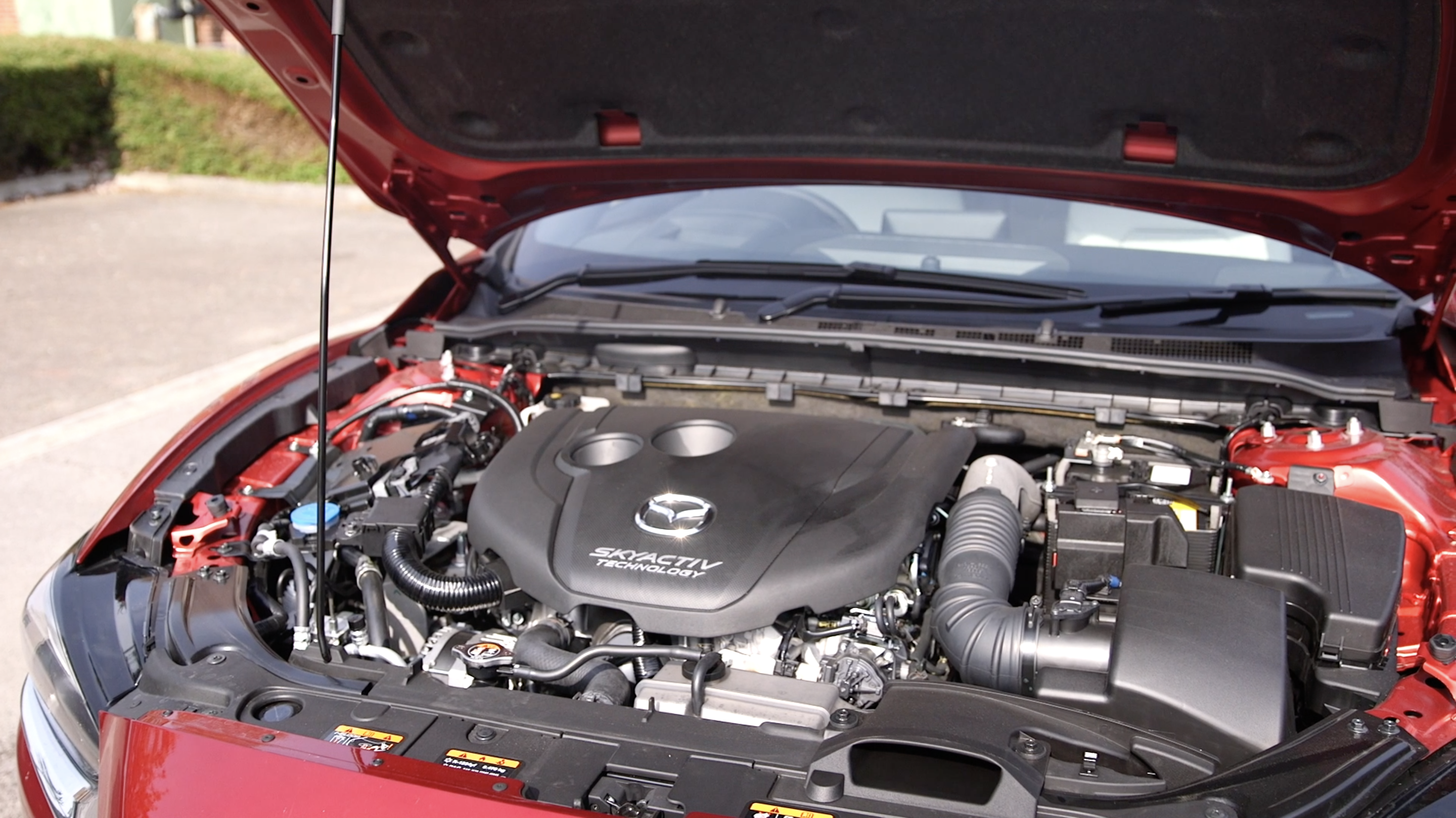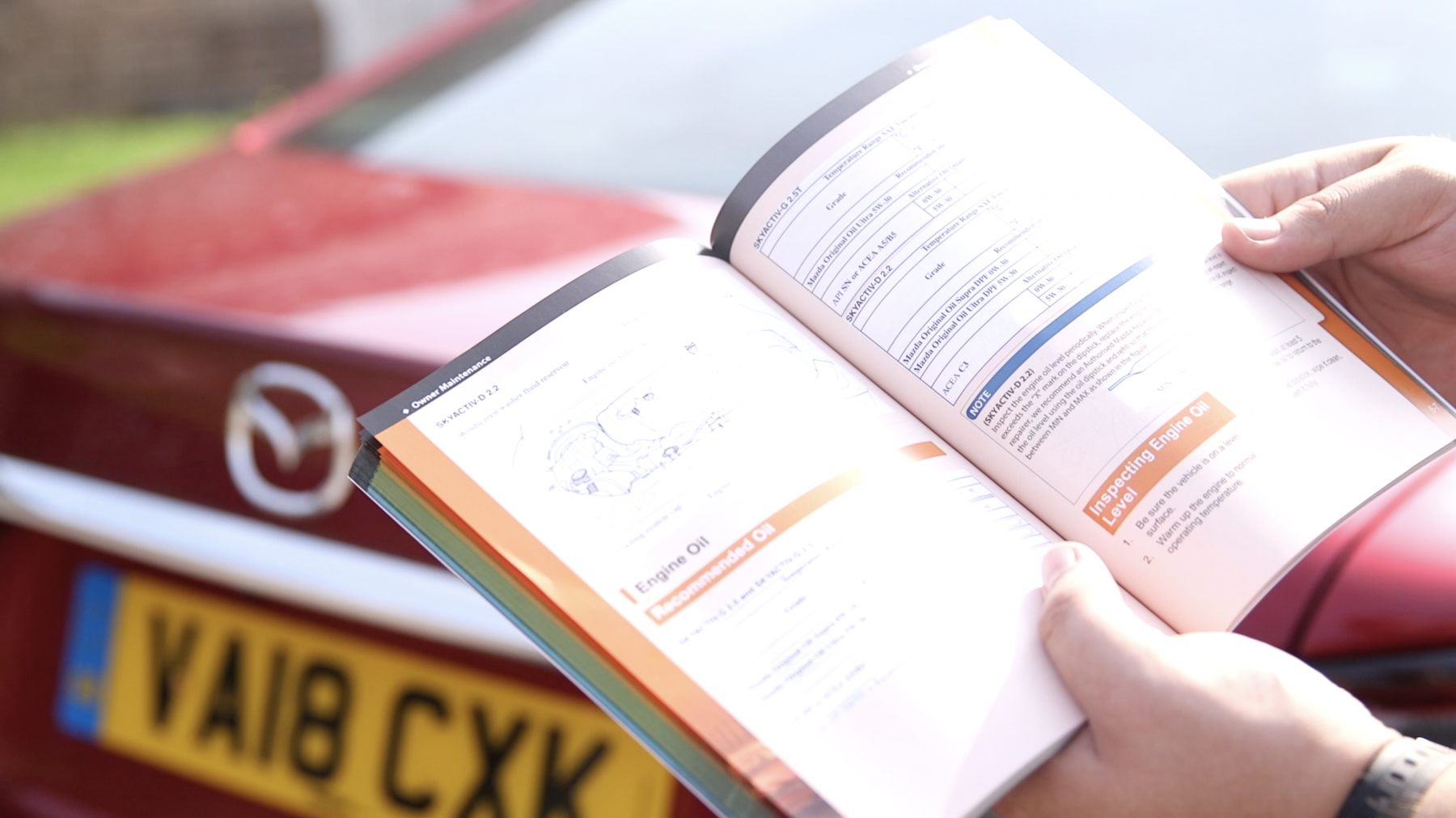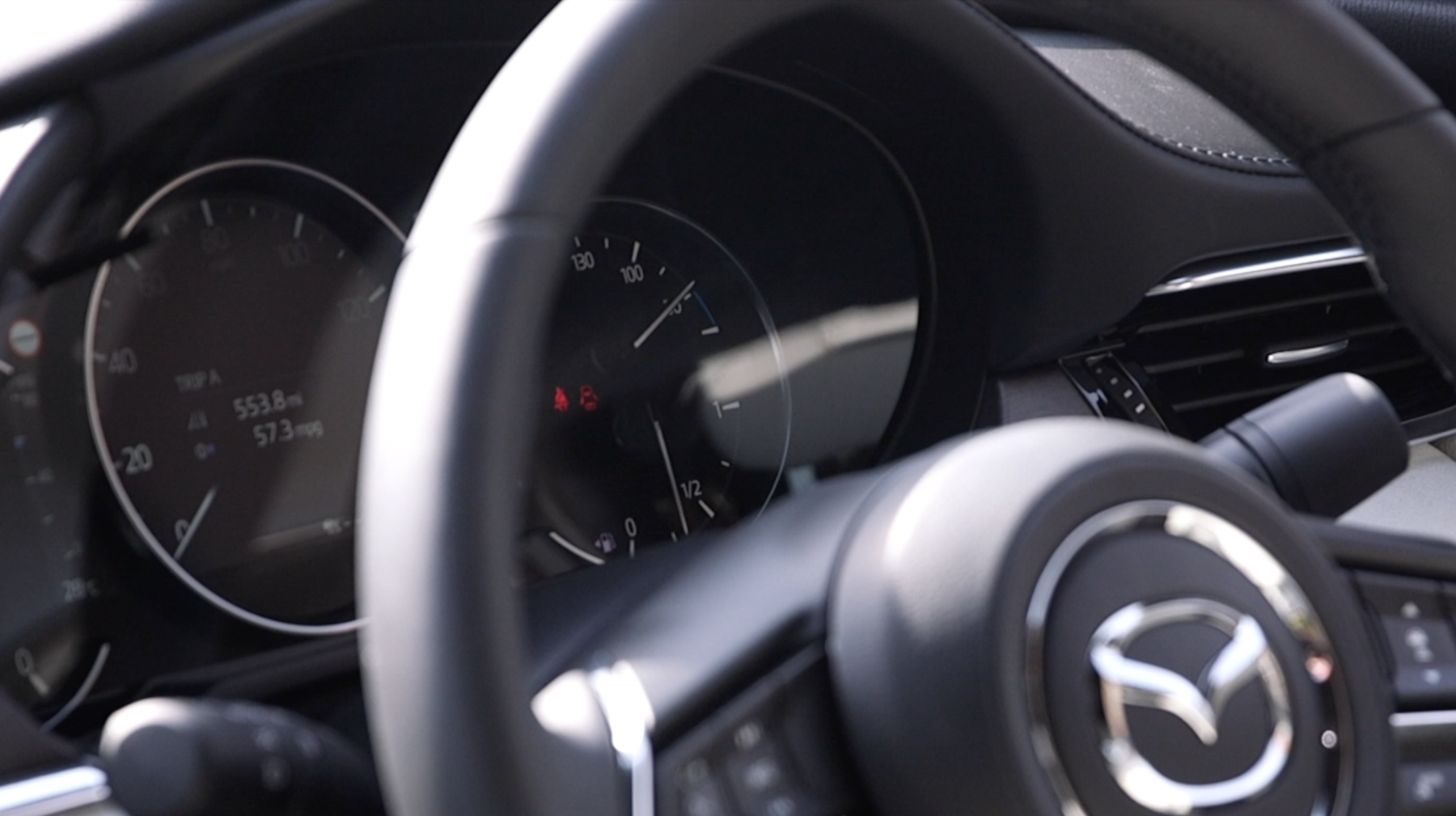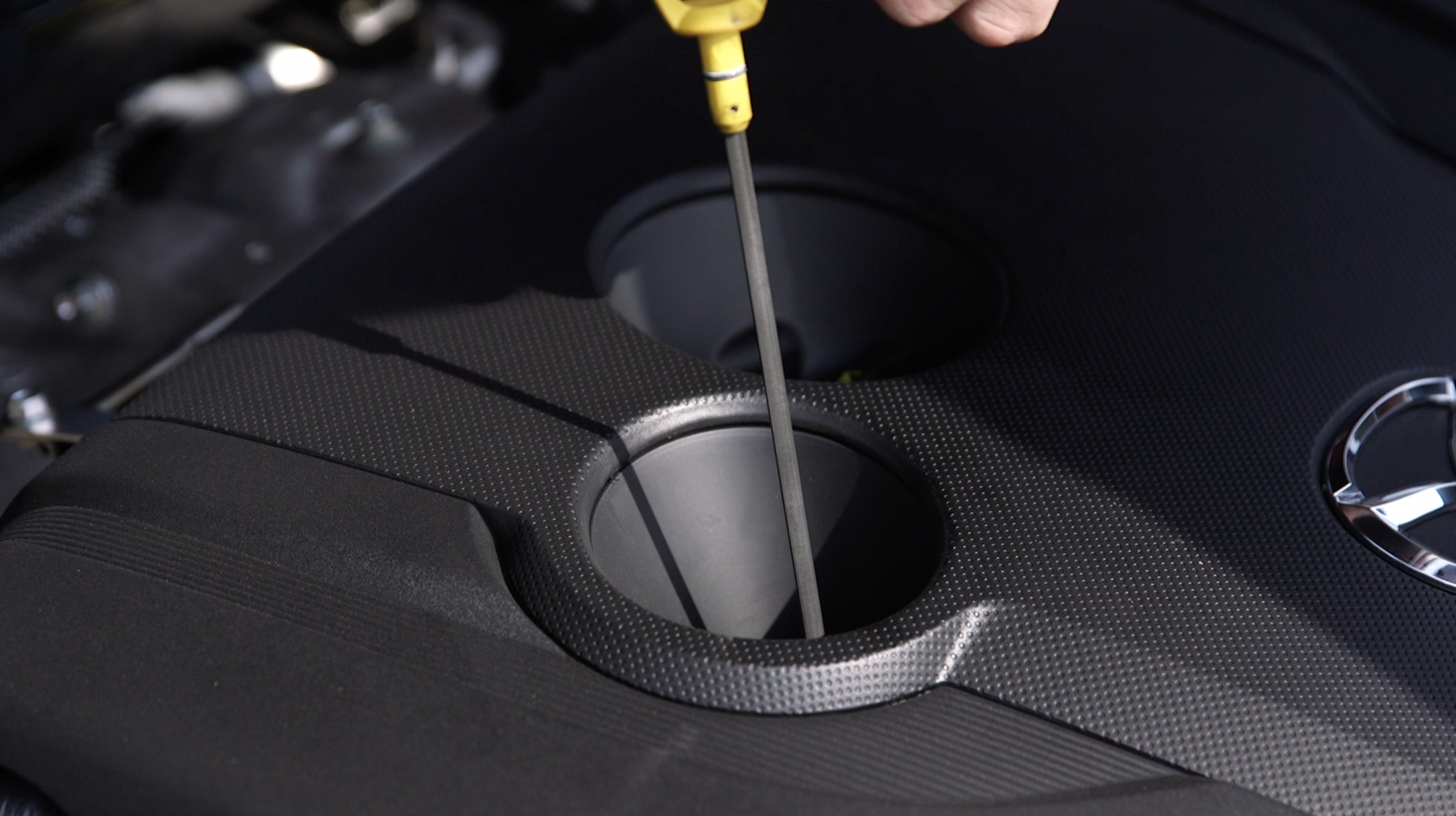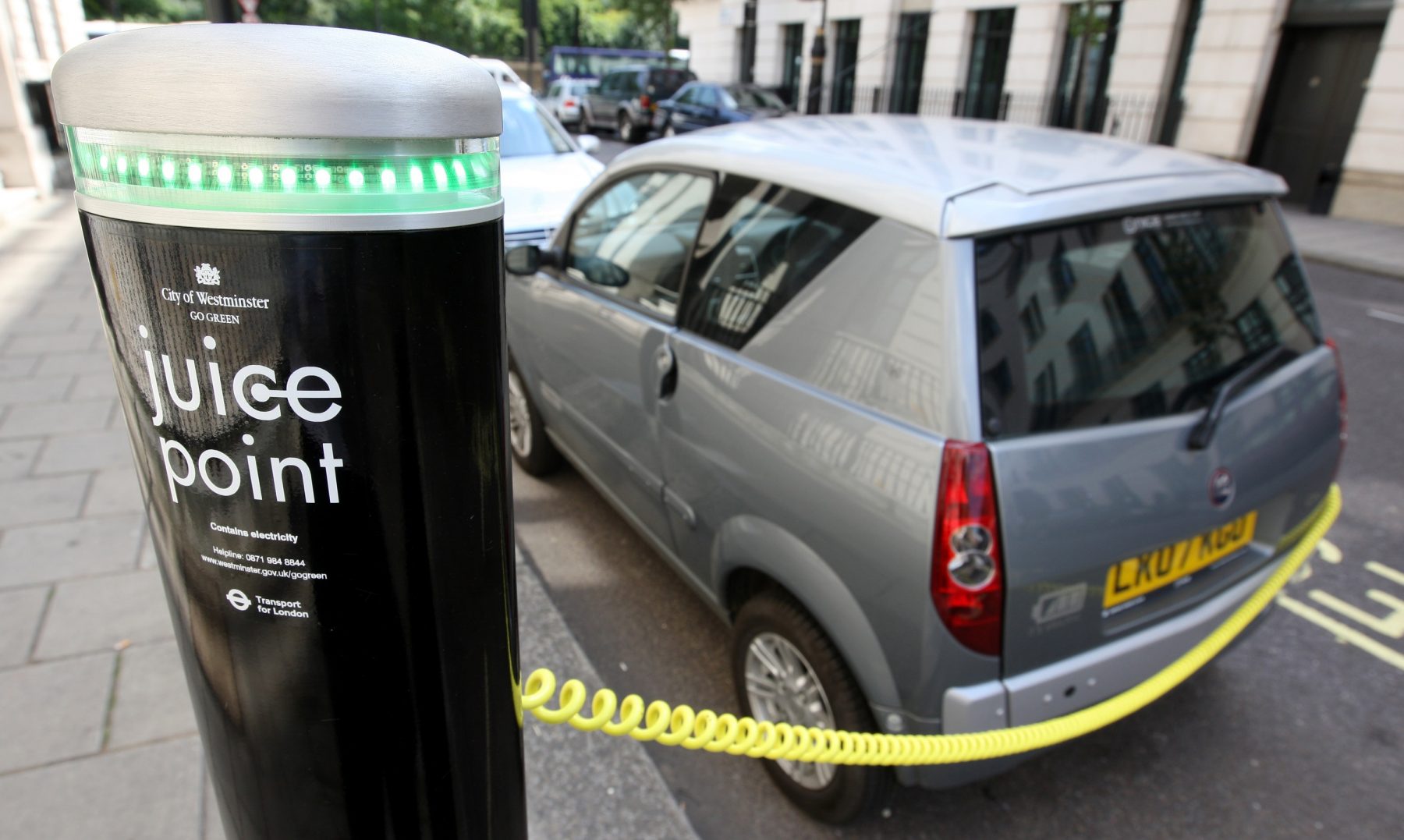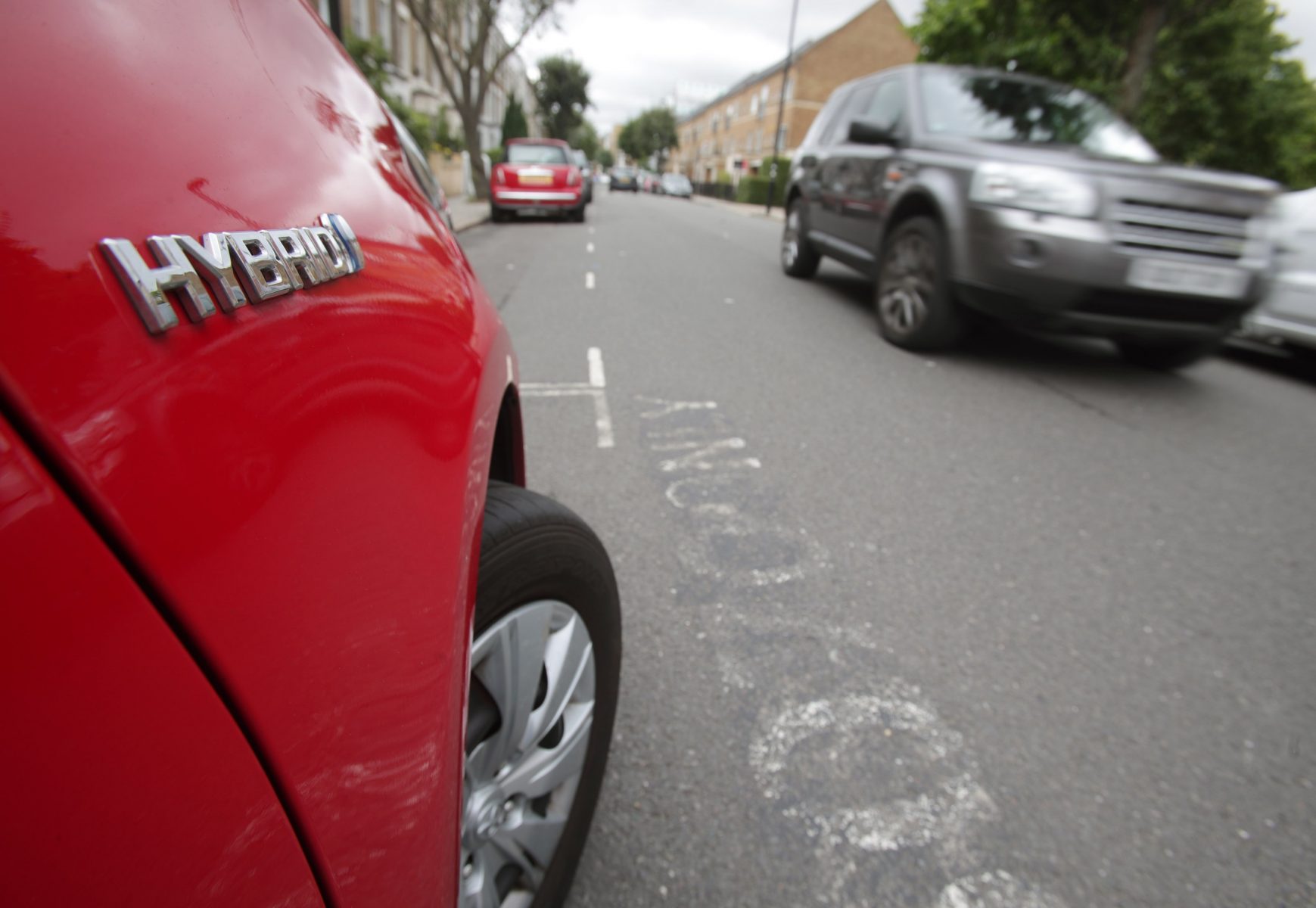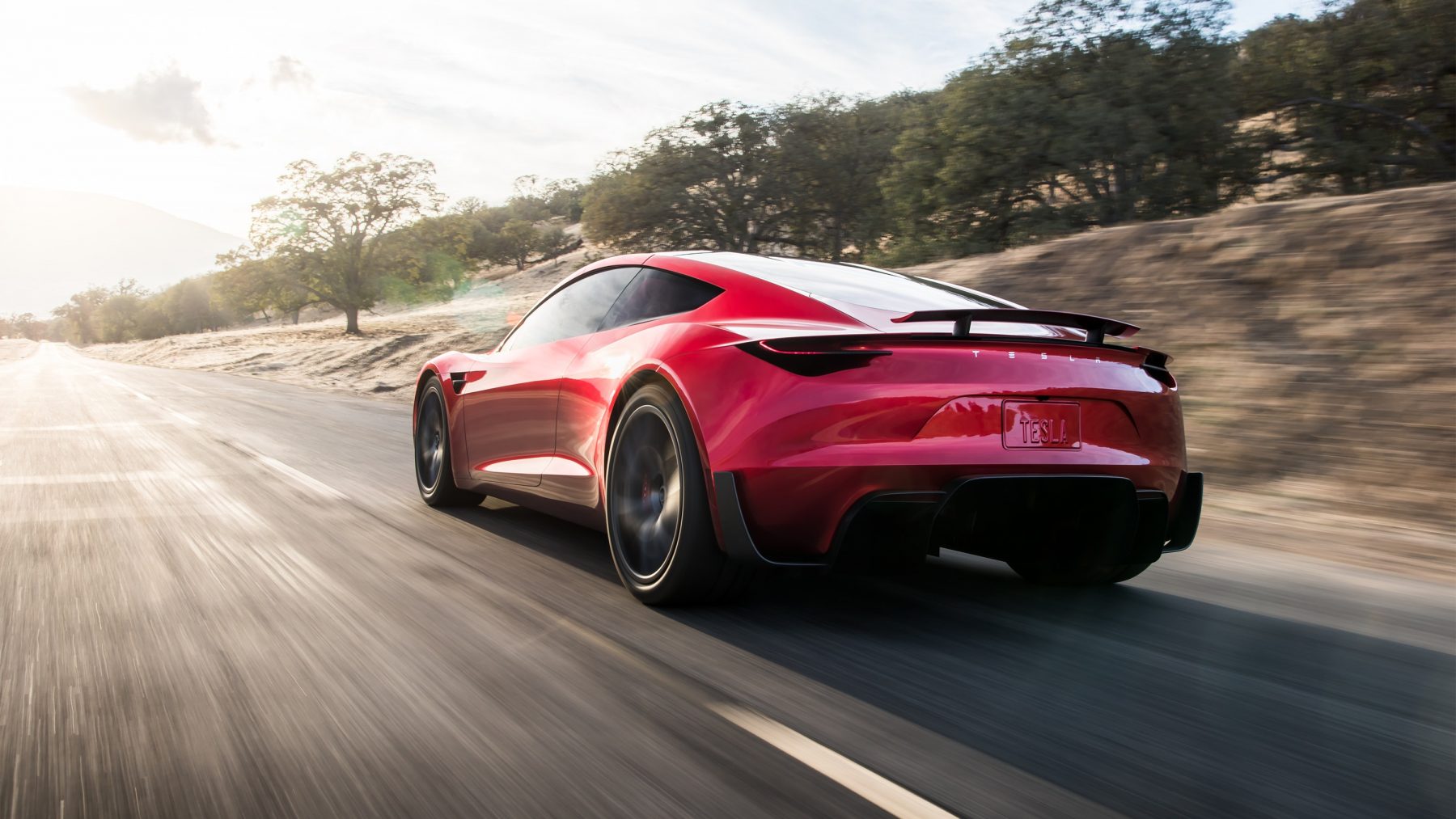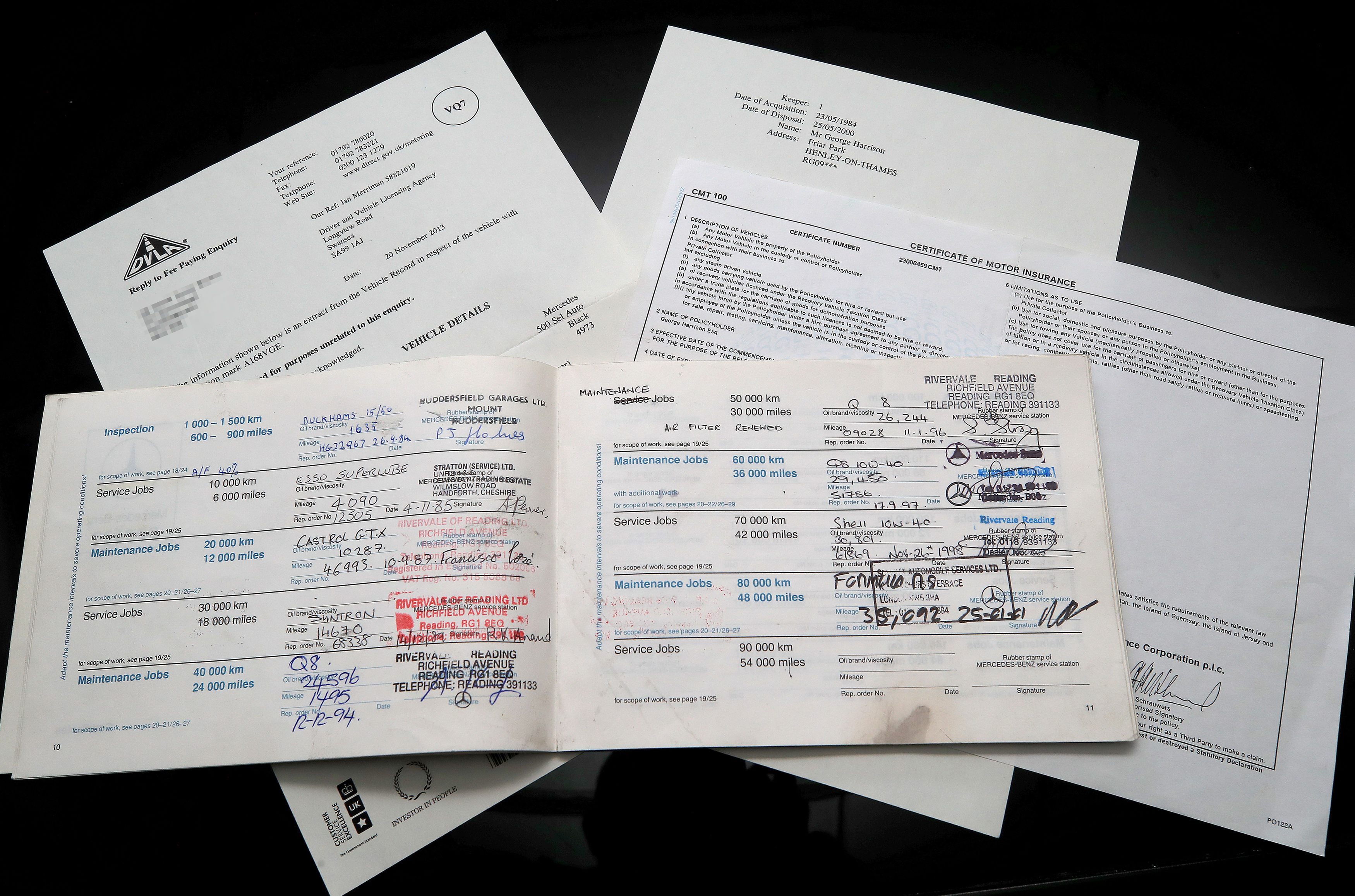It’s happened to most of us before. You come back to your car only to find a damning yellow square underneath the windscreen wiper – a parking ticket, and not a cheap one.
While parking tickets don’t carry the same weight as speeding fines, they can be equally annoying, and if ignored can end up costing you even more. Worst of all are tickets handed out in private car parks, where there’s little incentive to be kind – fines aren’t regulated and you could end up paying a fortune.
Here are the rules when parking – and how to appeal a fine if you think it’s not legitimate.
Read the rules

Most public or private car parks will have a board or sign with the regulations on, and these differ from place to place so be sure to read them carefully. They’re likely to detail when the car park opens and closes, how long you can park for, whether you need to display a ticket and how much and where you should pay.
Assuming these rules are clearly legible, you have no excuse to break any of them – in the parking operator’s mind. You therefore have little recourse against breaking the rules unless the signage is missing, damaged or misleading.
Park carefully

We’re all aware that parking in reserved spaces is well out, as well as disabled bays unless you have a clearly displayed blue badge. But take care when parking in a regular bay – car park operators can sting you if you’re poorly parked or taking up more than one space. Keep your wheels within the white lines, and if you’re driving a very large vehicle, a van, or perhaps a car with a trailer or caravan you may need to pay for two bays.
Take care when street parking
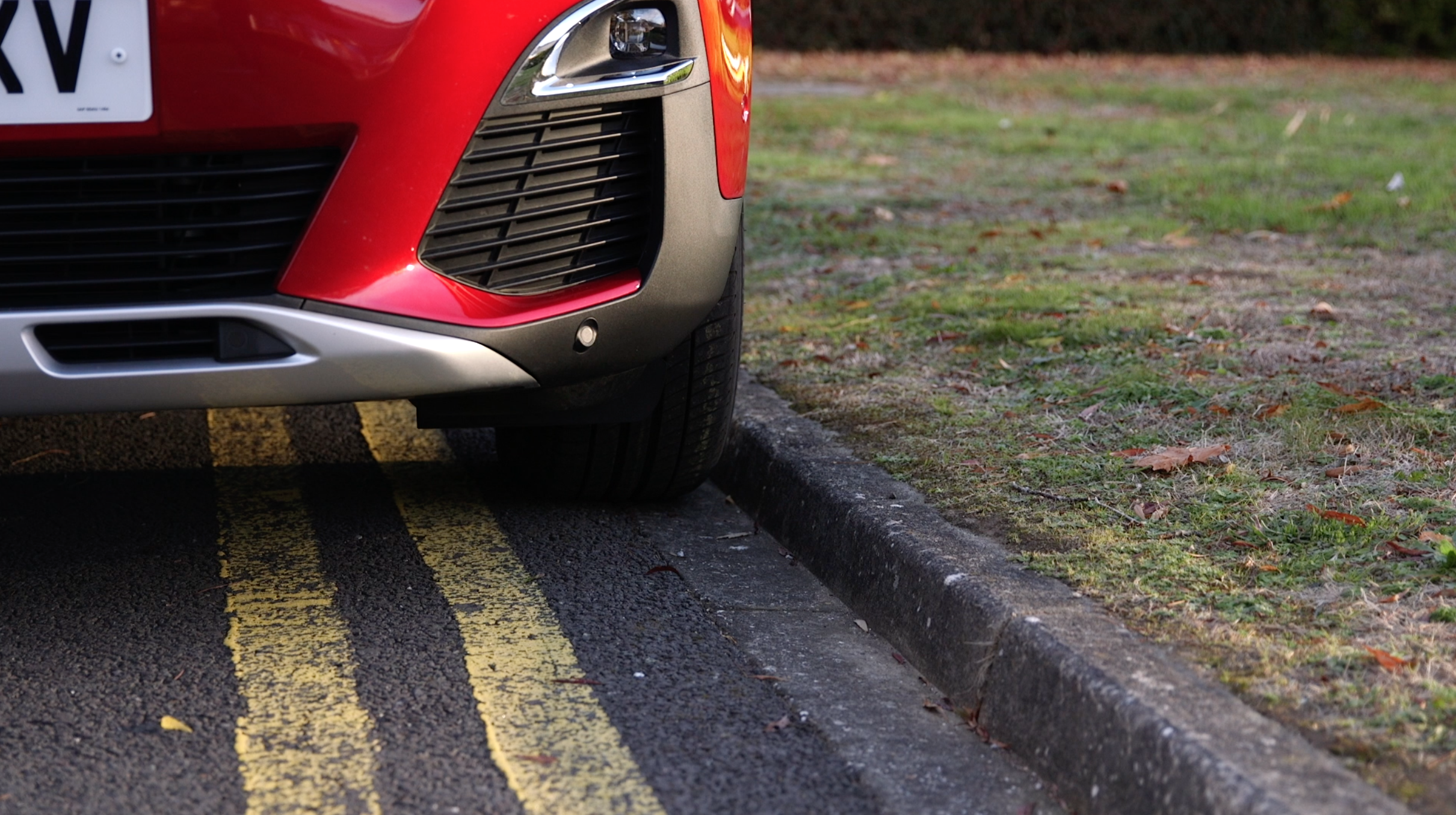
Learning the rules of street parking is essential, too. If you’re in an unfamiliar area, check carefully to make sure you’re not parking in a controlled residential zone or somewhere you might need a permit. Take note of yellow lines too – double lines mean you must not park there at any time, while single lines will be accompanied by a sign with specific times. Also watch out for zig-zag lines, which must not be blocked.
Watch the time
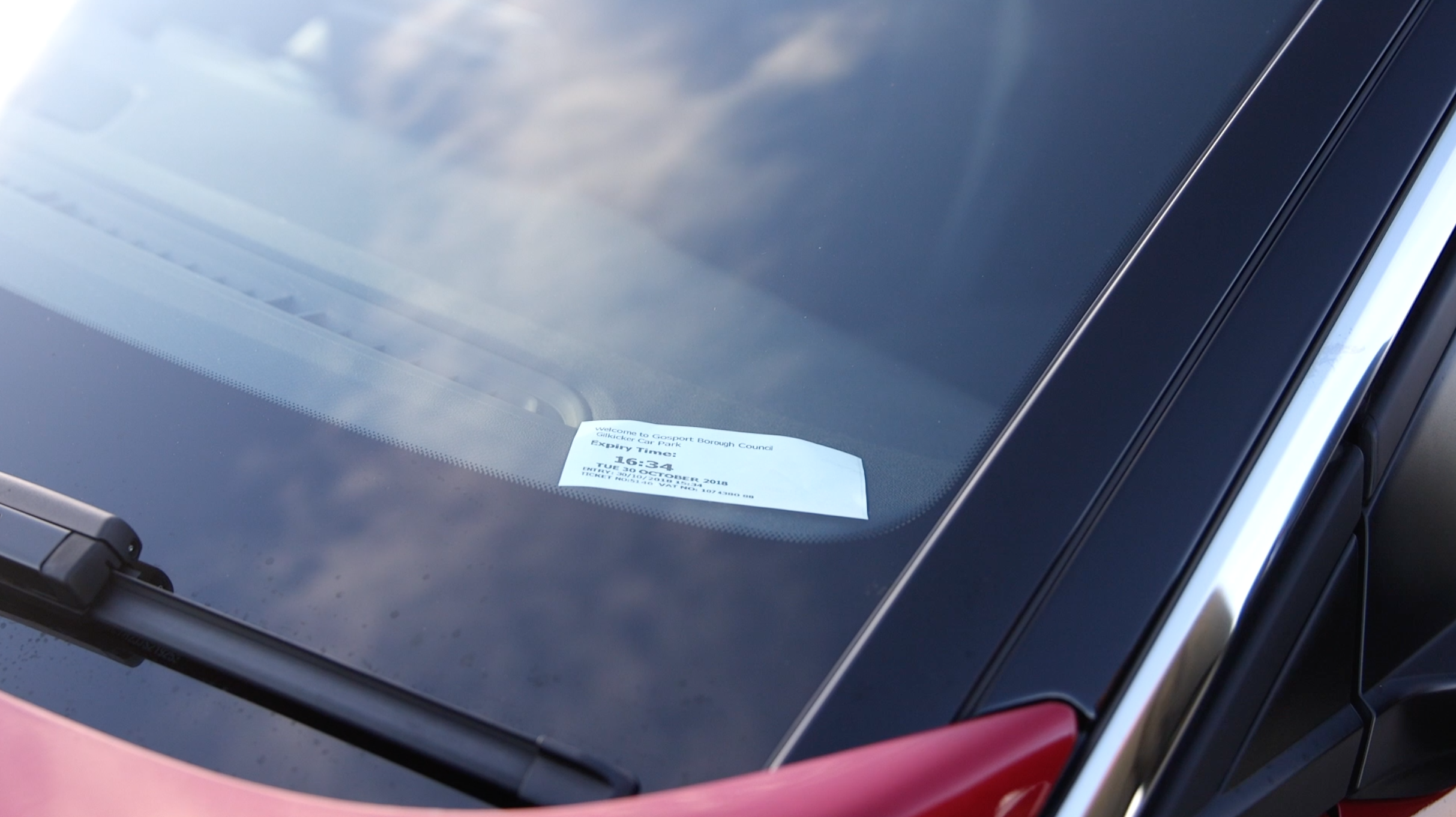
Most parking tickets, especially in pay-and-display car parks are time based, and you must pay up front to park for a specific time period. Overrun this, and you risk being fined. Some car parks operate a short ‘grace’ period, but you shouldn’t rely on this.
The same applies for parking restrictions on-street, too. If the sign gives a limited time you’re allowed to park there, you must adhere to that – and don’t think moving 50 feet down the road will help, as wardens check registrations.
Appealing tickets

If you feel you’ve been given a ticket unfairly, you can appeal it. There are several reasons you may be able to appeal a parking fine:
– Ticket machine inoperable
– Signage damaged or misleading
– Bay markings illegible
– Yellow lines or road markings covered by debris
In special circumstances you may be able to appeal your own errors – if you’ve typed your registration incorrectly, for example. You may also be able to appeal on emergency grounds, for example if you broke down or were taken ill.
You’ll find details of how to appeal and who to appeal to on the fine itself. For on-road or public car park violations, it’s likely to be the local council of the area in which you’ve parked. In a privately-operated car park, you’ll be appealing directly to the company.
Remember to take photos of anything that might help your appeal. Keep your paperwork, too, including the ticket or receipt if possible. Send off your appeal as soon as possible, and don’t pay the ticket unless your appeal has been rejected.
And remember, only appeal a parking fine if you’ve actually got a legitimate reason to do so. Appealing a perfectly valid parking fine only wastes time.

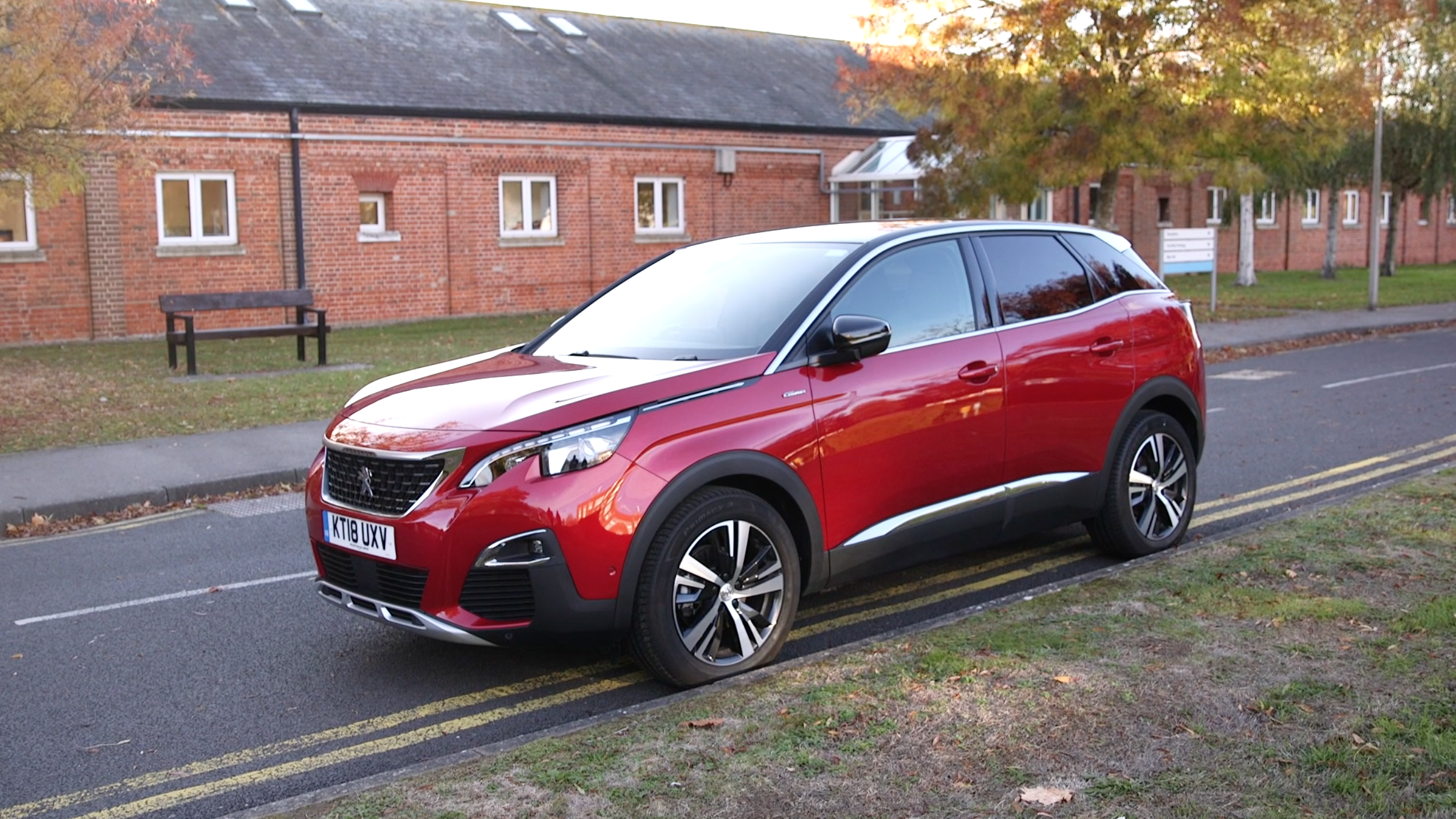



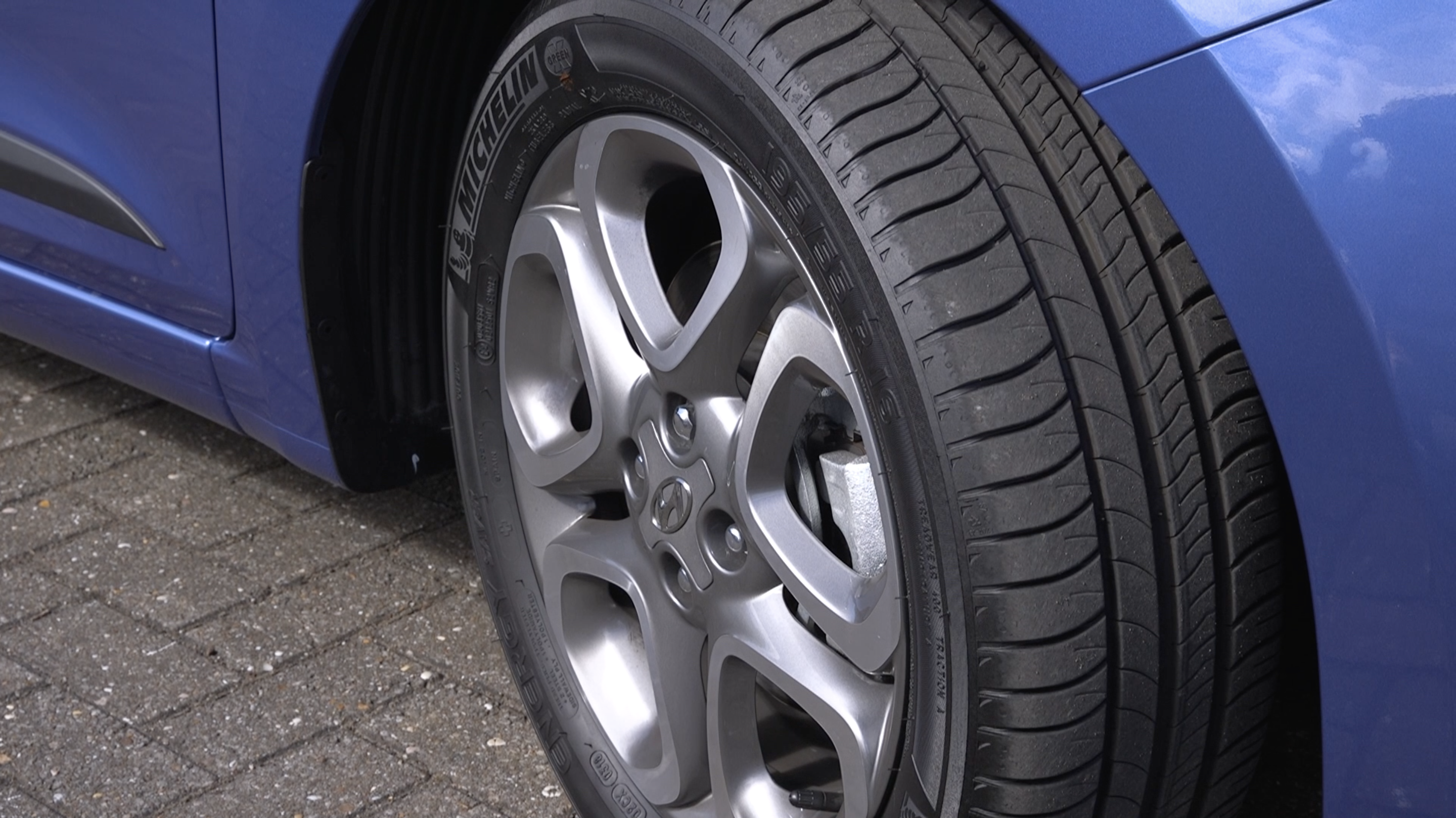
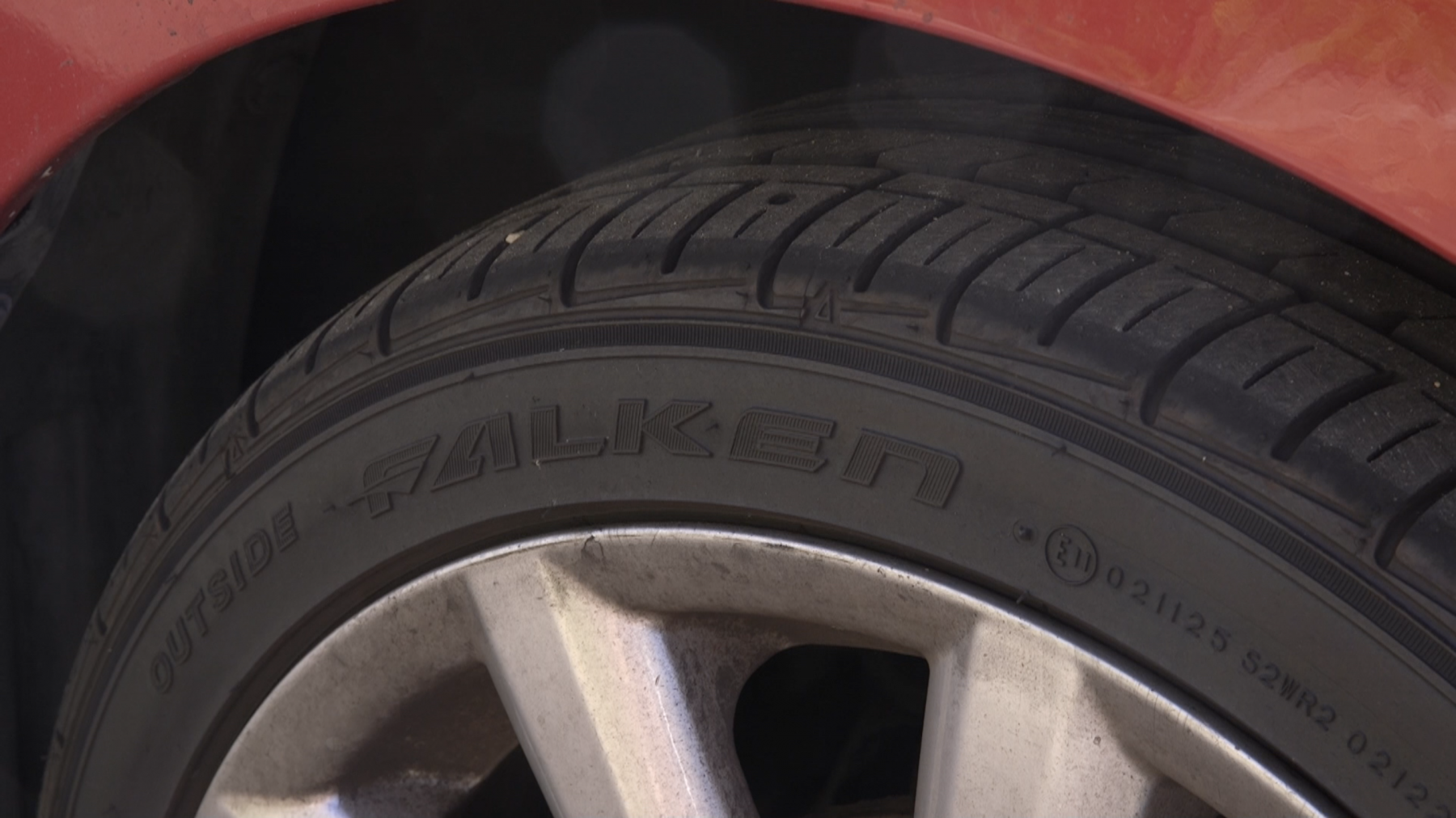 While it may be tempting to go for those £40 tyres from a brand nobody’s ever heard of, you could be doing more harm to your wallet in the long run.
While it may be tempting to go for those £40 tyres from a brand nobody’s ever heard of, you could be doing more harm to your wallet in the long run.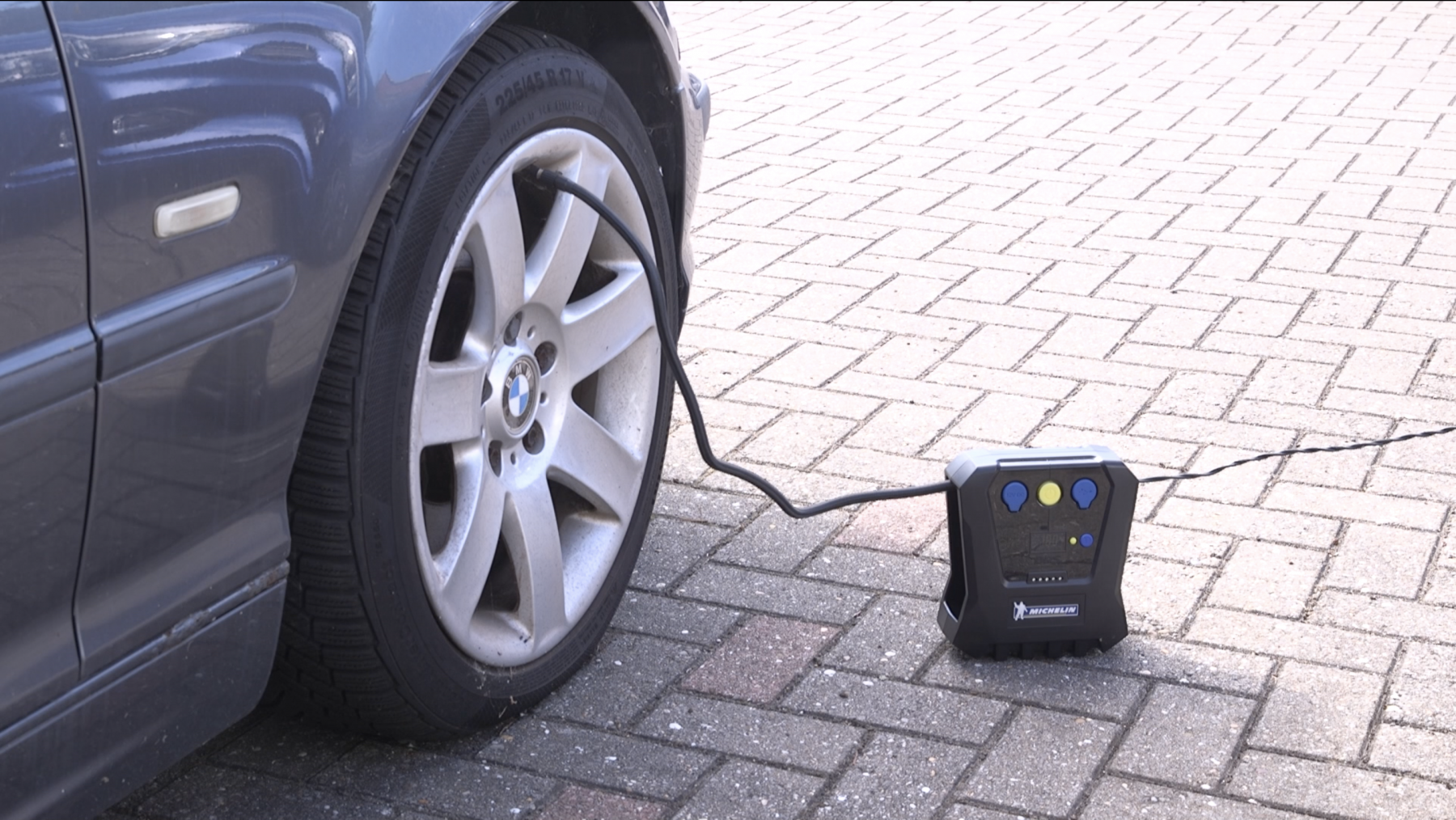 Underinflated tyres have a higher rolling resistance than those at the correct level, increasing wear on the sidewall. To keep your tyres lasting longer, regularly check pressures and keep them at manufacturer recommendations — which can be found in the owner’s manual, and inside the door sill of many cars.
Underinflated tyres have a higher rolling resistance than those at the correct level, increasing wear on the sidewall. To keep your tyres lasting longer, regularly check pressures and keep them at manufacturer recommendations — which can be found in the owner’s manual, and inside the door sill of many cars.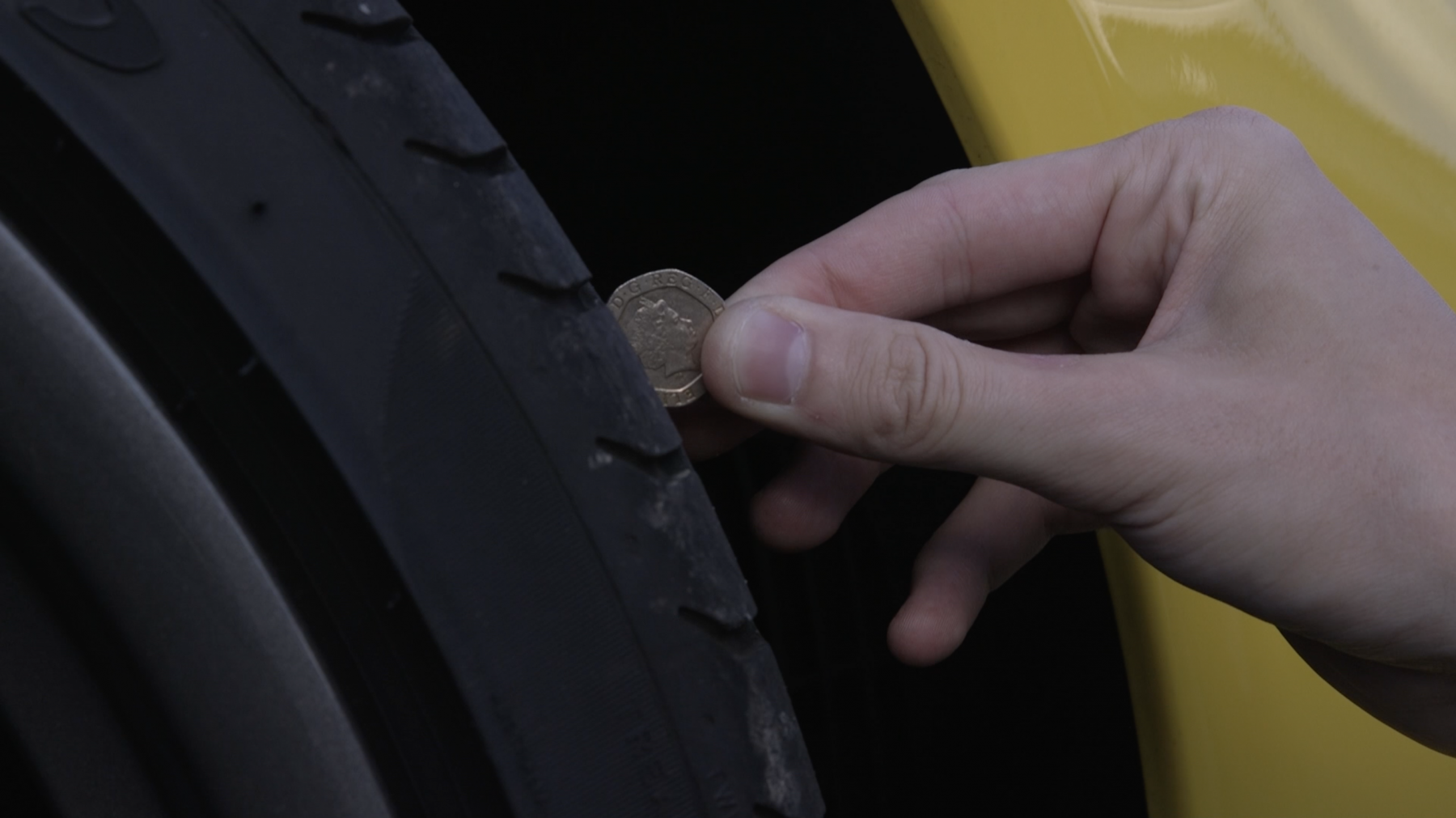 Tread is the part of the tyre that contacts the road, and as a result, wears out. Not only is it important to ensure you have a good amount of tread for your own safety, it’s also a legal requirement to have at least 1.6mm of it on all four tyres.
Tread is the part of the tyre that contacts the road, and as a result, wears out. Not only is it important to ensure you have a good amount of tread for your own safety, it’s also a legal requirement to have at least 1.6mm of it on all four tyres.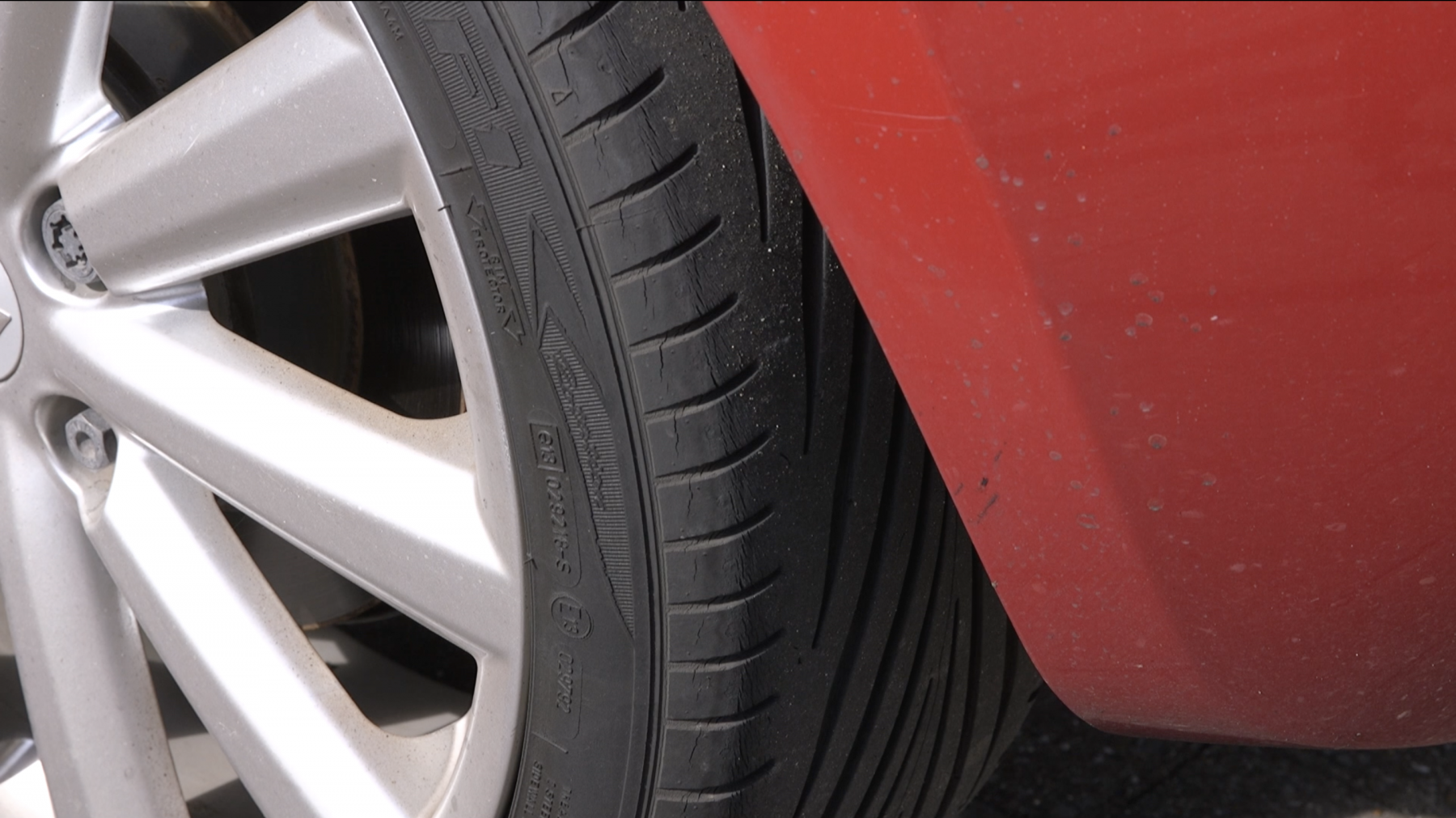 Find your right foot often pinned to the floor? Brake heavily? Corner hard? You’re probably doing some harm to your tyres.
Find your right foot often pinned to the floor? Brake heavily? Corner hard? You’re probably doing some harm to your tyres.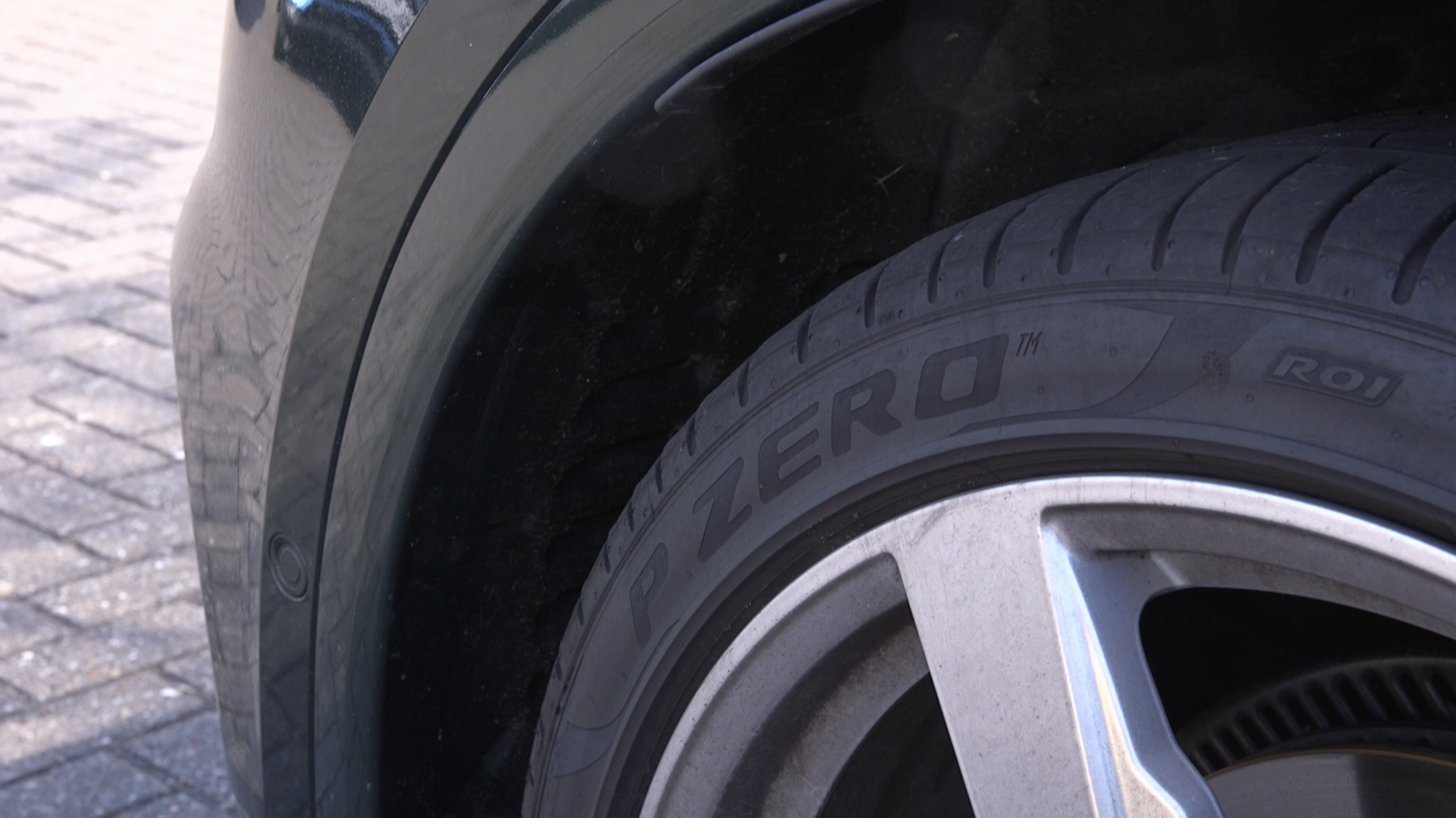 If your car’s wheels have gone out of alignment, the tyres will see more stress on a smaller contact patch. The result is quicker and uneven wear.
If your car’s wheels have gone out of alignment, the tyres will see more stress on a smaller contact patch. The result is quicker and uneven wear.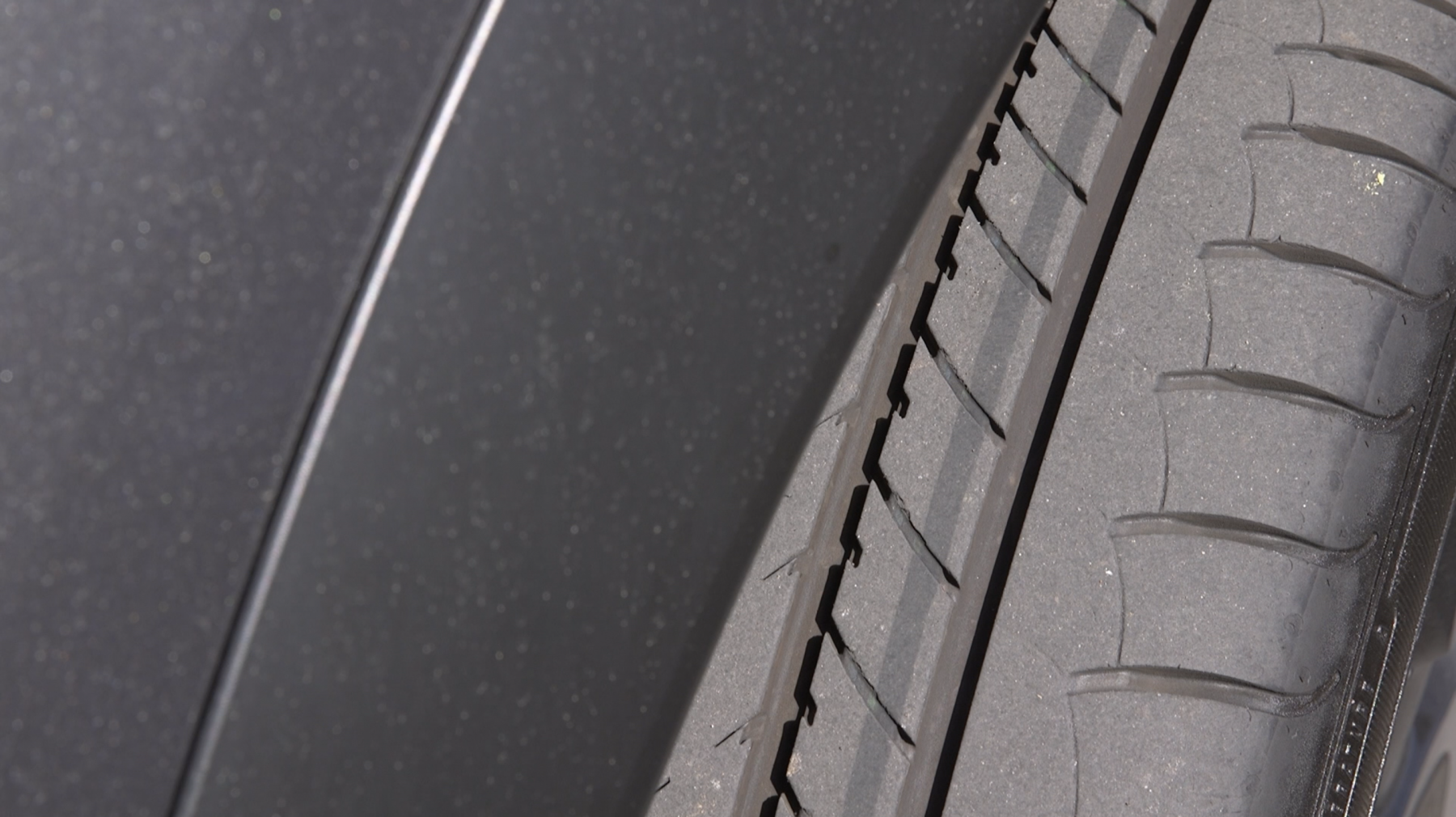 No matter how careful your driving style, new your tyres are or even if they’ve all been fitted at the same time — they’re going to wear unevenly.
No matter how careful your driving style, new your tyres are or even if they’ve all been fitted at the same time — they’re going to wear unevenly.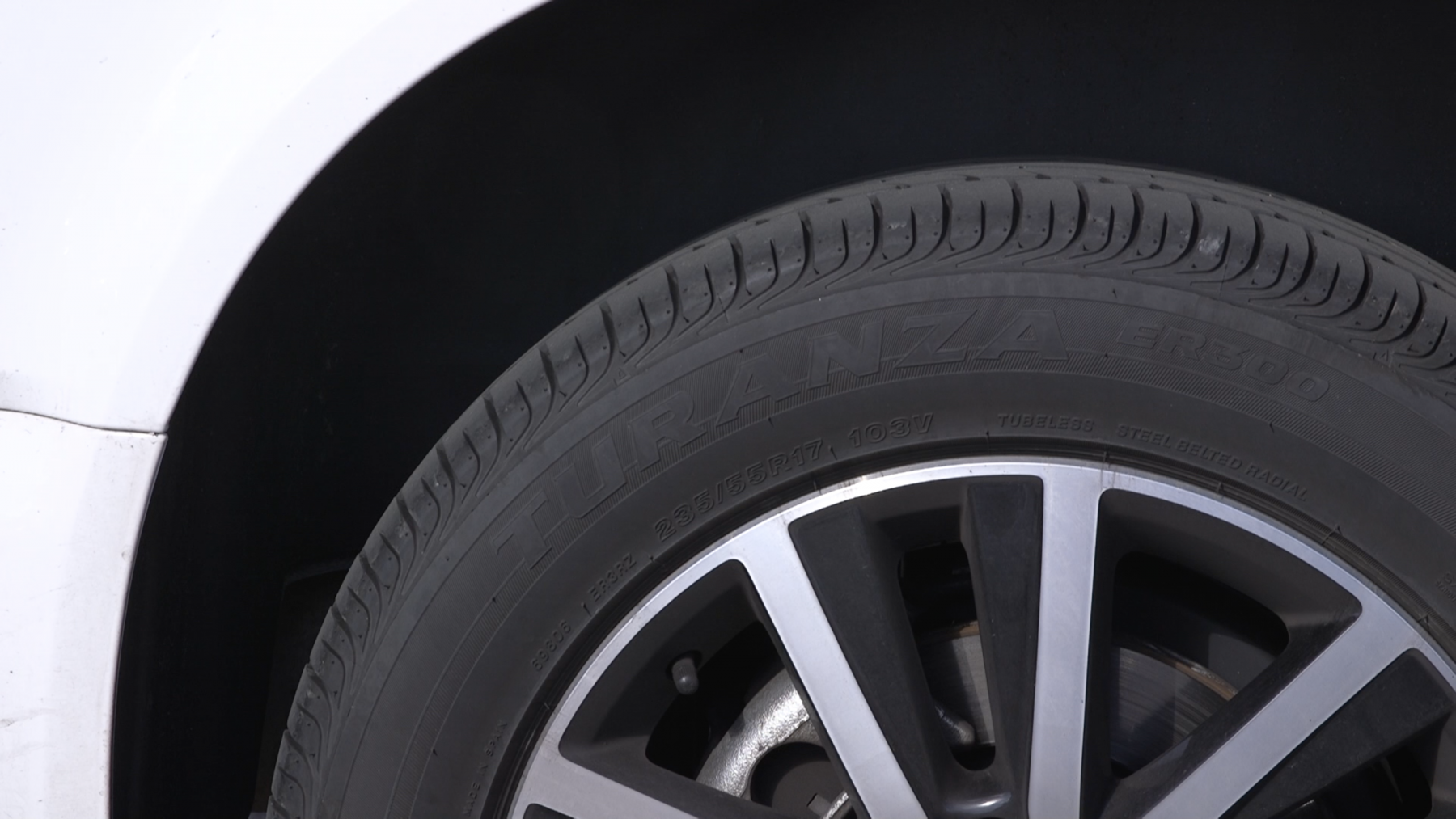 While all-season tyres can offer plenty of grip all year round, splashing out for season-specific tyres can keep prepared for all eventualities.
While all-season tyres can offer plenty of grip all year round, splashing out for season-specific tyres can keep prepared for all eventualities.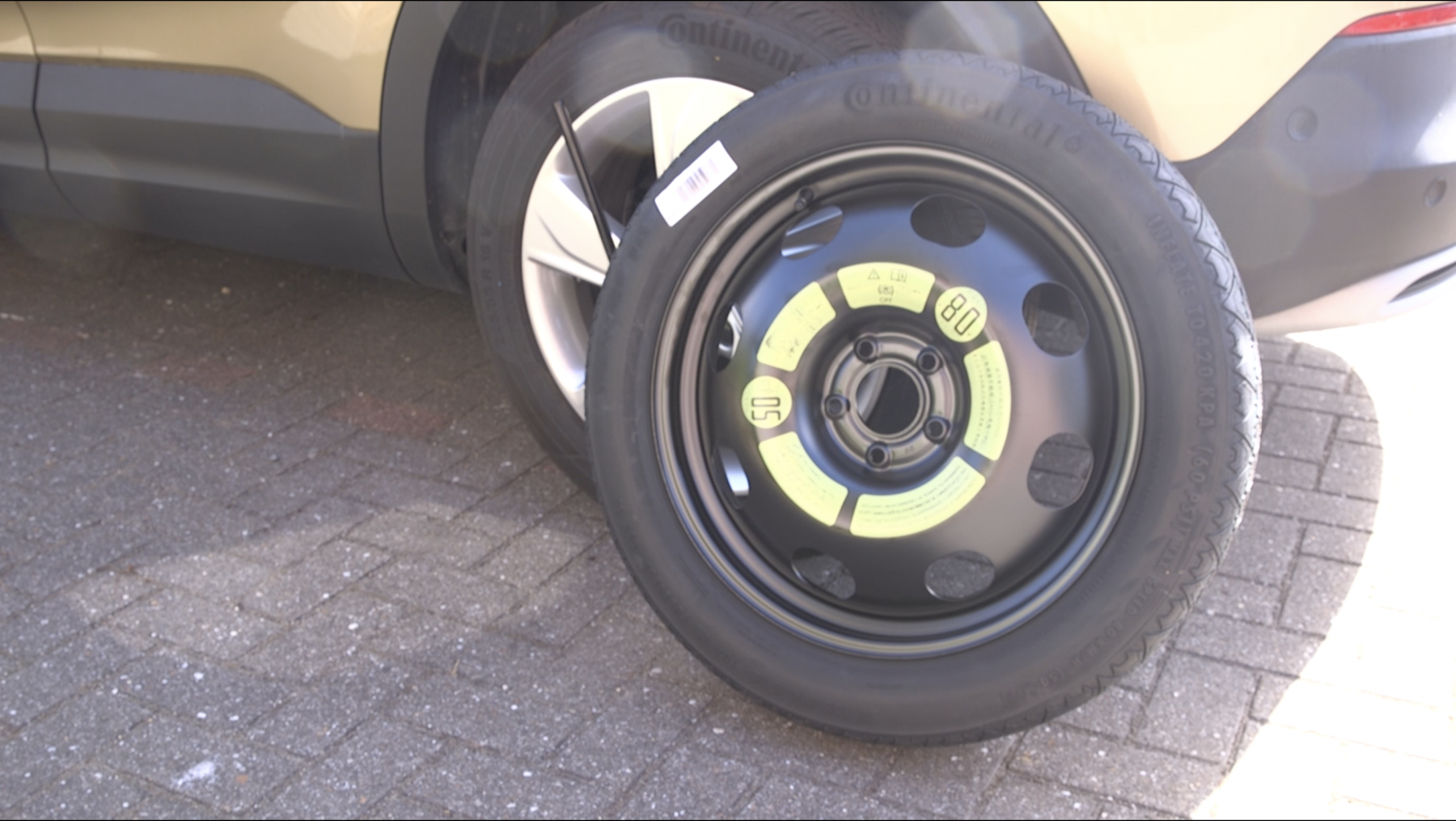 It’s easy to forget about looking after a spare tyre — after all, you’ll ideally never have to use it.
It’s easy to forget about looking after a spare tyre — after all, you’ll ideally never have to use it.
